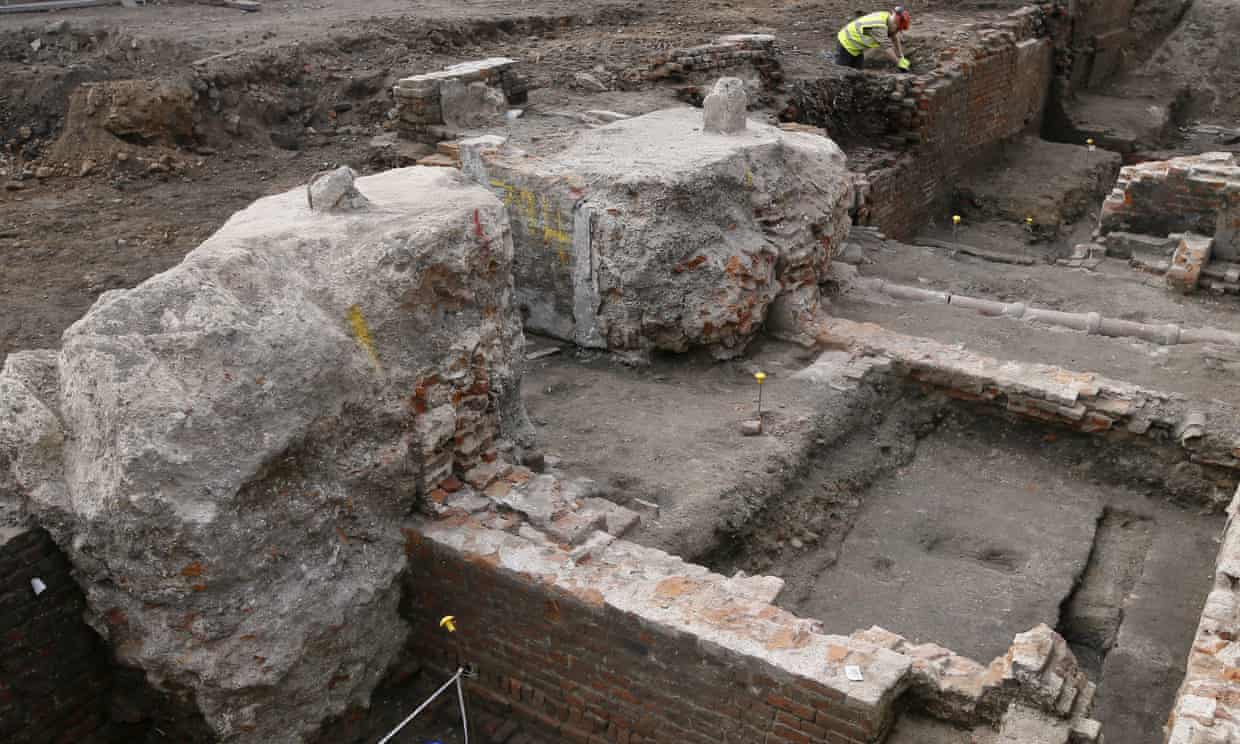Researchers believe they might have uncovered the location of Henry VII's birthplace at Pembroke Castle.
Aerial photographs from 2013 gave glimpses of what lay beneath the surface, with parch marks revealing possible buildings.
A geophysical survey has now confirmed the outline of a late-medieval building in the outer ward, where the king could have been born.
Neil Ludlow, consultant archaeologist, said it shone new light on the castle.
Much of the interior of the castle, which dates from the 11th Century, was destroyed after the Middle Ages.
Read the rest of this article...


